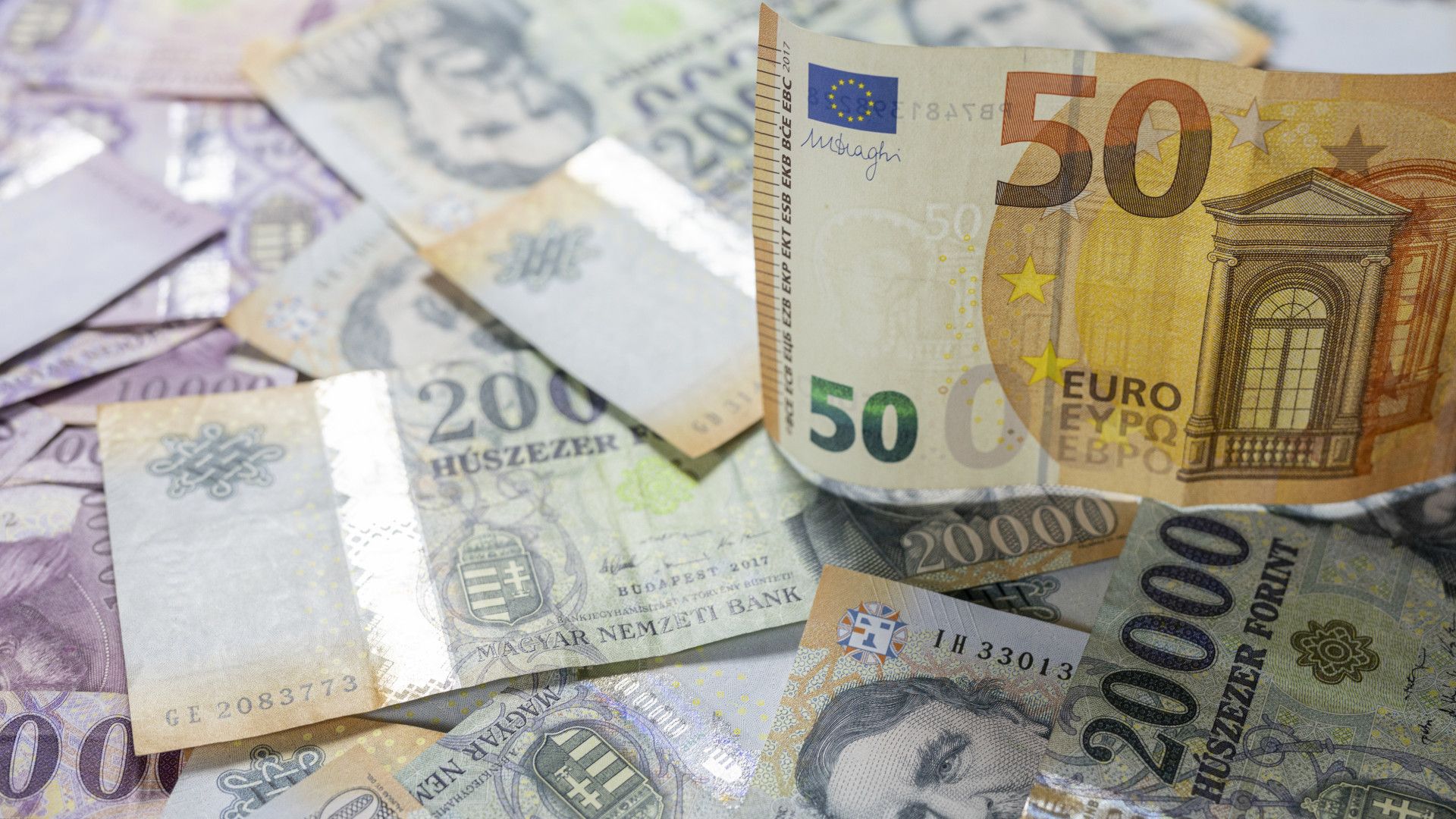FXOpen

For those who have travelled to some of the former Eastern Bloc nations within Central and Eastern Europe, many will have noticed a key difference between these fully functioning free market economies and their neighbours within the European Union: Abstinence from adopting the Euro.
Whilst nations such as Poland, Hungary, Czech Republic and Bulgaria have been members of the European Union since the 2000s, none of them have adopted a single currency and have instead maintained their own national sovereign currencies.
In recent years, nations such as Hungary have been regarded as home to economies which are relatively small and in which the national currency is of low value compared to majors such as the Euro, which dominates in business across the continent and when transacting with other continental trading partners such as North America or Japan.
For sure, Hungarian export and import data within the European Parliament will be worked out in Euro, not in the local Forint, and the American and Japanese partners of European trade suppliers look at everything in Dollars and Euros, not Dollars, Euros and Forint.
However, the Forint has been making something of a headway recently.
Whilst the Euro and US Dollar have been relatively steady, and in the case of the Dollar, there has been a strong performance for a long time despite economic challenges and geopolitical woes across the Western world, the Hungarian Forint has been increasing in value quite dramatically.
Ever since October last year, the Forint has been gaining ground on the Euro. In October 2022, the Forint was valued at around 432 to the Euro, whereas today, it is trading at 375 to the Euro.
That is a remarkable movement, and one which is very rarely seen among majors unless there is a massive global disaster, which is even rarer, thankfully.
Looking at the Forint’s performance against the Euro over the past 5 days denotes another interesting pattern which is punctuated by volatility. Such levels of volatility are the lifeblood of the currency markets and have been lacking among majors for a long time.
Within the majors, a degree of small volatility appeared over the past three years due to government policy on lockdowns which impacted business and then an energy crisis caused by Western sanctions on a major oil-producing nation, but despite these large-scale disruptions to the overall economy, the volatility was small; just more than the usual zero volatility.
The Forint, however, has shown an overall upward drive against the Euro, but in looking at the daily movements, volatility is very clear.
Over the course of 30 days, the Forint has appreciated against the Euro by going from 397 to the Euro on March 19 to 374 today.
Hungary does not have a highly diversified industry sector or large export market and is dogged by what many in other European nations view as an illiberal government, but its currency is picking itself up from the doldrums and doing well against the Euro. A few years ago, it was even better, but political unrest set in. Now that is subsiding, the Forint is coming back against the Euro to levels only seen over five years ago.
Trade over 50 forex markets 24 hours a day with FXOpen. Take advantage of low commissions, deep liquidity, and spreads from 0.0 pips. Open your FXOpen account now or learn more about trading forex with FXOpen.
This article represents the opinion of the Companies operating under the FXOpen brand only. It is not to be construed as an offer, solicitation, or recommendation with respect to products and services provided by the Companies operating under the FXOpen brand, nor is it to be considered financial advice.
Stay ahead of the market!
Subscribe now to our mailing list and receive the latest market news and insights delivered directly to your inbox.








